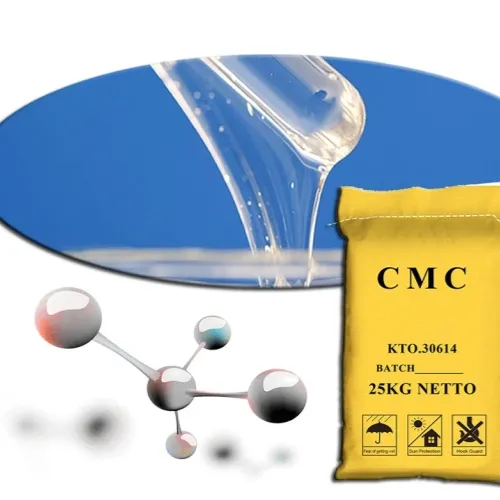Warning: Undefined array key "title" in /home/www/wwwroot/HTML/www.exportstart.com/wp-content/themes/1198/header.php on line 6
Warning: Undefined array key "file" in /home/www/wwwroot/HTML/www.exportstart.com/wp-content/themes/1198/header.php on line 7
Warning: Undefined array key "title" in /home/www/wwwroot/HTML/www.exportstart.com/wp-content/themes/1198/header.php on line 7
Warning: Undefined array key "title" in /home/www/wwwroot/HTML/www.exportstart.com/wp-content/themes/1198/header.php on line 7
Δεκ . 06, 2024 11:00 Back to list
Enhancing Sauce Texture and Consistency with Xanthan Gum Applications in Culinary Creations
Using Xanthan Gum in Sauces for Improved Texture and Stability
Xanthan gum is a popular food additive that has garnered significant attention in the culinary world for its unique properties. Derived from the fermentation of the sugar Xanthan, this polysaccharide is widely used as a thickening agent and stabilizer in various food products, especially sauces. Its ability to enhance texture while maintaining food safety and quality makes it an invaluable ingredient for chefs and food manufacturers alike.
The Role of Xanthan Gum in Sauces
Sauces are essential elements in many cuisines, serving not only to enhance flavor but also to improve the overall dining experience. A sauce’s texture can significantly affect a dish's appeal; a smooth, velvety sauce can elevate simple ingredients and create a restaurant-quality dish. This is where xanthan gum comes into play. By increasing the viscosity of sauces, xanthan gum ensures a luscious mouthfeel that can cling to food, providing consistent flavor with every bite.
Thickening Power
One of the primary uses of xanthan gum is as a thickening agent. Unlike traditional thickeners such as flour or cornstarch, xanthan gum can thicken sauces without the need for heating. This characteristic is particularly useful for cold sauces or dressings where heat would alter flavor and texture. Typically, xanthan gum is added in small amounts; even a tiny fraction can significantly impact the sauce's thickness.
Stability and Shelf Life
Xanthan gum also plays a crucial role in stabilizing emulsions and suspensions. Many sauces contain ingredients that tend to separate or settle over time, such as oil and vinegar in dressings. Xanthan gum helps bind these ingredients together, preventing separation and ensuring a uniform consistency. This stability is particularly important in commercial sauces, where extended shelf life is essential. By using xanthan gum, manufacturers can produce sauces that maintain their texture and flavor for longer periods, reducing waste and improving profitability.
'using xanthan gum in sauces for improved texture and ...'

Gluten-Free Applications
Another advantage of xanthan gum is its suitability for gluten-free cooking. With the rise in gluten sensitivity and celiac disease diagnosis, many individuals are seeking gluten-free alternatives to traditional recipes. Xanthan gum can mimic the texture and elasticity that gluten provides in sauces, gravies, and dressings. By incorporating xanthan gum into gluten-free formulations, chefs and home cooks can create sauces that do not compromise on texture or flavor, catering to a broader audience.
Culinary Versatility
Xanthan gum is not limited to specific types of sauces; its versatility allows it to be employed in a variety of preparations. From creamy Alfredo sauces to piquant vinaigrettes, xanthan gum can enhance the overall quality. In Asian cuisines, it can be used to improve the texture of sweet and sour sauces or thick teriyaki sauces, providing an exquisite finish to dishes like stir-fries. In the world of gourmet cooking, chefs also utilize xanthan gum in molecular gastronomy, where it can create unique textures that surprise and delight diners.
Usage Guidelines
When incorporating xanthan gum into sauces, it is crucial to distribute it evenly to avoid clumping. This can be achieved by mixing it with dry ingredients before adding liquids or by using an immersion blender to ensure a smooth texture. The typical usage ranges from 0.1% to 1% of the total weight of the sauce, depending on the desired thickness and overall formulation.
Conclusion
In summary, xanthan gum is an essential ingredient for anyone looking to create high-quality sauces with improved texture and stability. Its thickening ability, stabilizing properties, and versatility make it a valuable addition to both home kitchens and professional restaurants. By harnessing the power of xanthan gum, cooks can elevate their culinary creations, ensuring that every sauce they produce is not only delicious but also visually appealing and texturally satisfying. As the culinary landscape continues to evolve, xanthan gum will undoubtedly remain a staple in modern cooking, paving the way for innovative dishes and delightful dining experiences.
Latest news
-
Certifications for Vegetarian and Xanthan Gum Vegetarian
NewsJun.17,2025
-
Sustainability Trends Reshaping the SLES N70 Market
NewsJun.17,2025
-
Propylene Glycol Use in Vaccines: Balancing Function and Perception
NewsJun.17,2025
-
Petroleum Jelly in Skincare: Balancing Benefits and Backlash
NewsJun.17,2025
-
Energy Price Volatility and Ripple Effect on Caprolactam Markets
NewsJun.17,2025
-
Spectroscopic Techniques for Adipic Acid Molecular Weight
NewsJun.17,2025

